The Persistence of Myth
Teaching Gallery
Curated by Heather Read, PhD student in the department of Art History and Archaeology, and Elizabeth Wolfson, MA student in the department of Art History and Archaeology (with Karen K. Butler)
Greek mythology is a defining aspect of Western culture, enduring well beyond its original relevance because of the malleability of its themes. For the Greeks, mythology embodied the faults and strengths of human nature and its narratives clothed the fears, beliefs, and moral codes of their society. In the modern and contemporary period, mythology allows artists to speak allegorically about contemporary issues such as race or class, to comment indirectly on the horrors of war, or to simply explore formal concerns.
This Teaching Gallery exhibition brings together objects from ancient Greece and works by modern and contemporary artists in order to explore the persistence of Greek mythology in modern art. Selected works include the Athena Painter Lekythos (525-500 BC), the Long-Nose Painter Amphora (540-525 BC), David Hare’s Leda and the Swan, Study (1960), Henri Laurens’s La Petite Sirène (1950), Fritz Scholder’s The Odyssey #2 (1976-77), and Jorge Pardo’s Penelope (2002).
Selected works
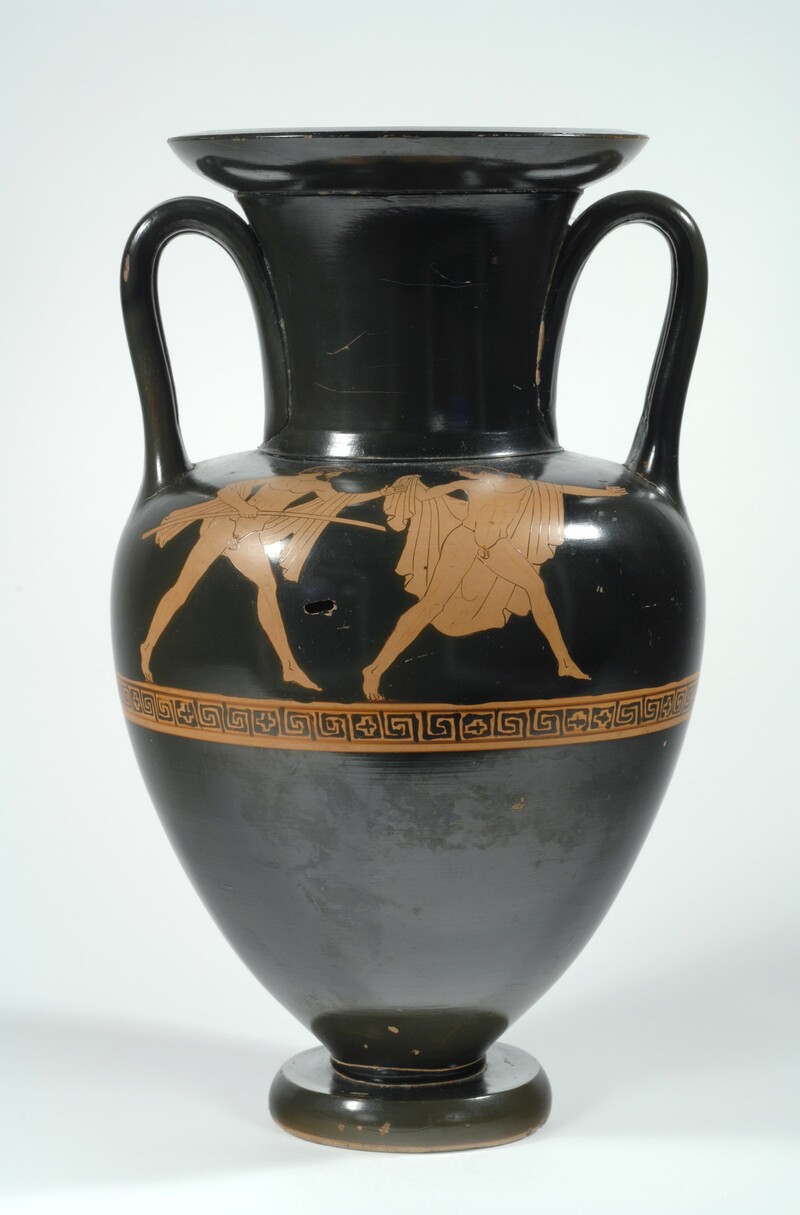
Hermonax Painter
Nolan Amphora
475–465 BC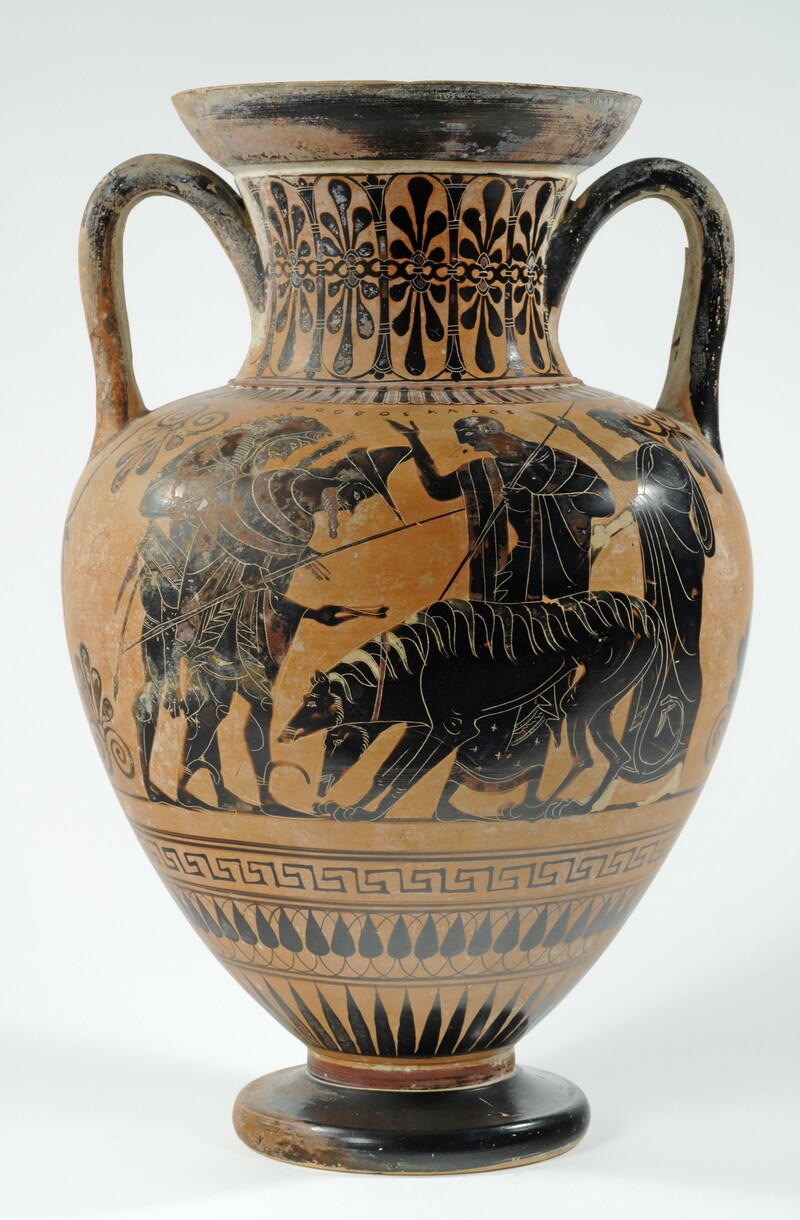
Long-Nose Painter
Neck Amphora
540–525 BC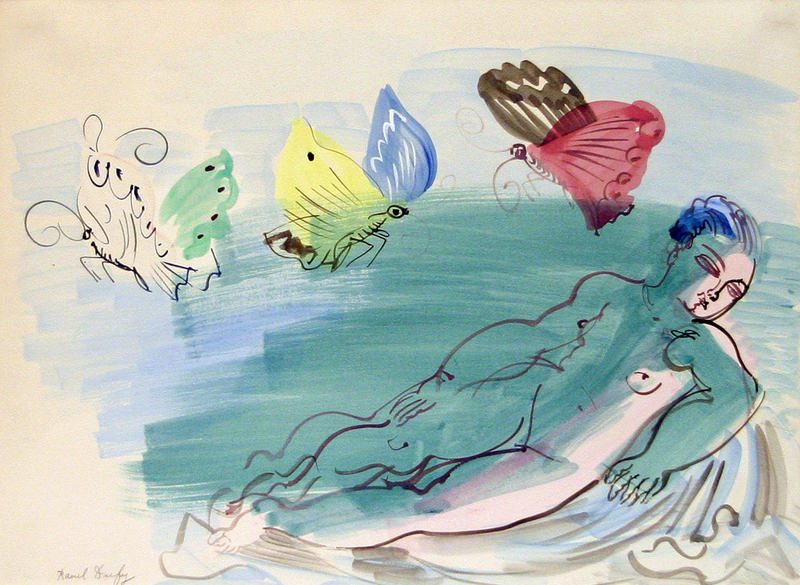
Raoul Dufy
Aphrodite aux papillons (Aphrodite with Butterflies)
c. 1938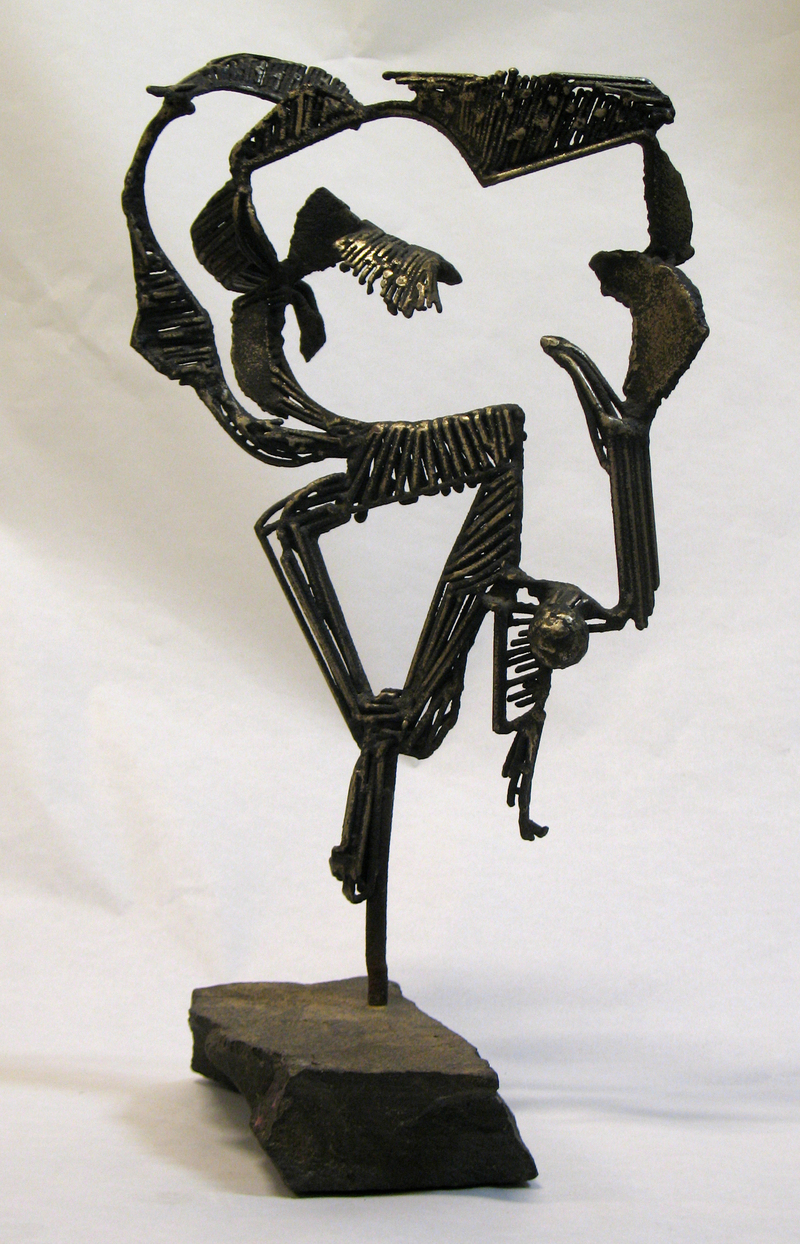
David Hare
Leda and the Swan, Study
c. 1960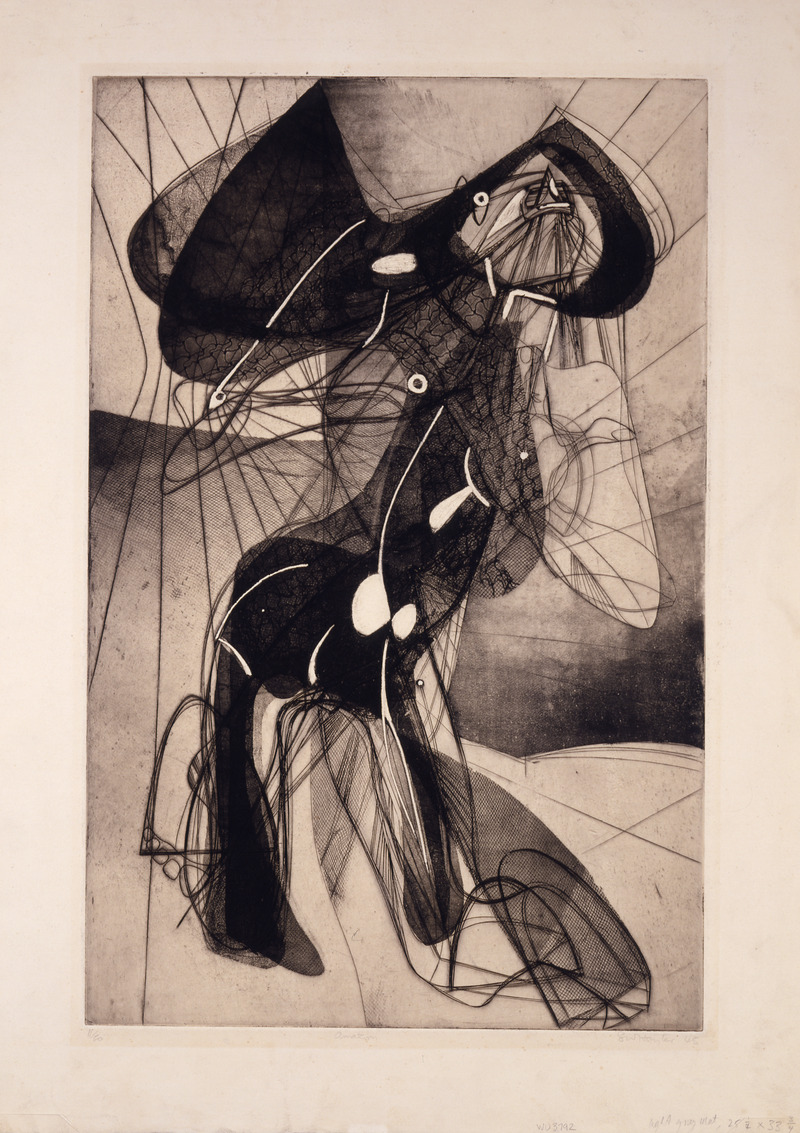
Stanley William Hayter
Amazon
1945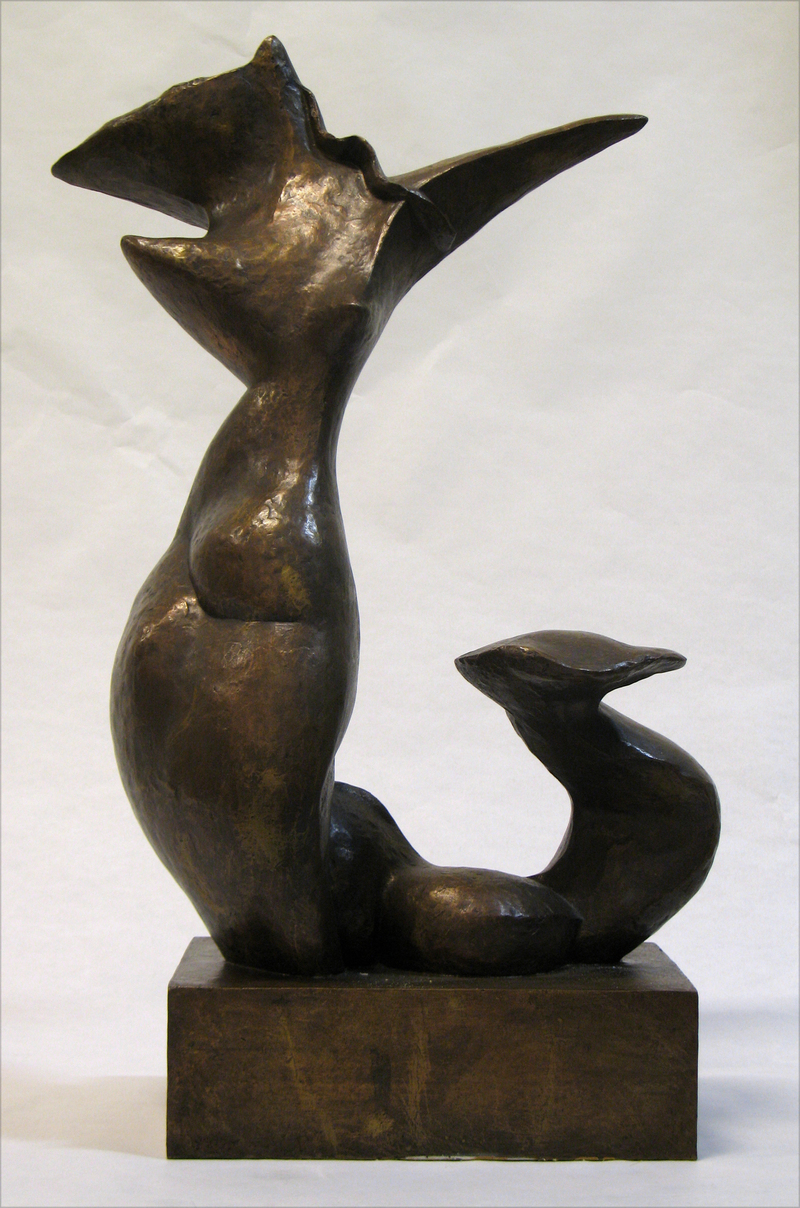
Henri Laurens
La petite sirène (The Little Siren)
1950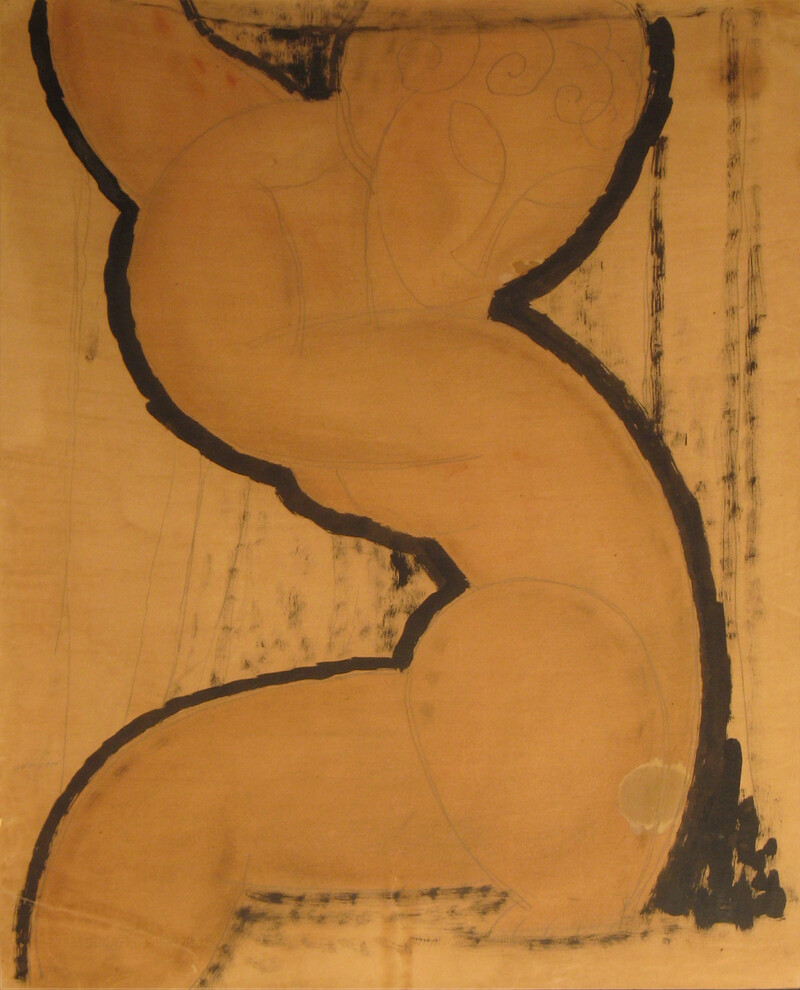
Amedeo Modigliani
Caryatid
1912–14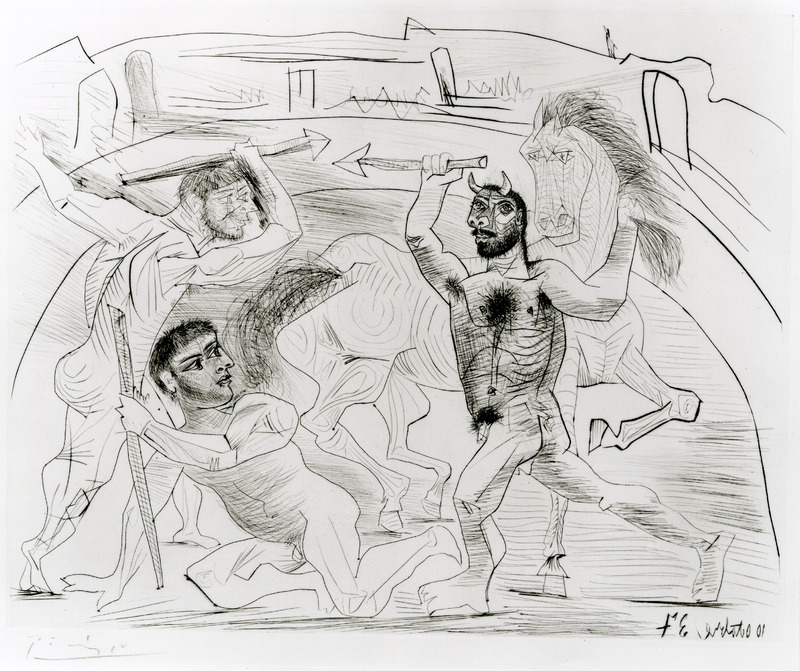
Pablo Picasso
Le combat dans l’arène (Combat in the Arena)
1937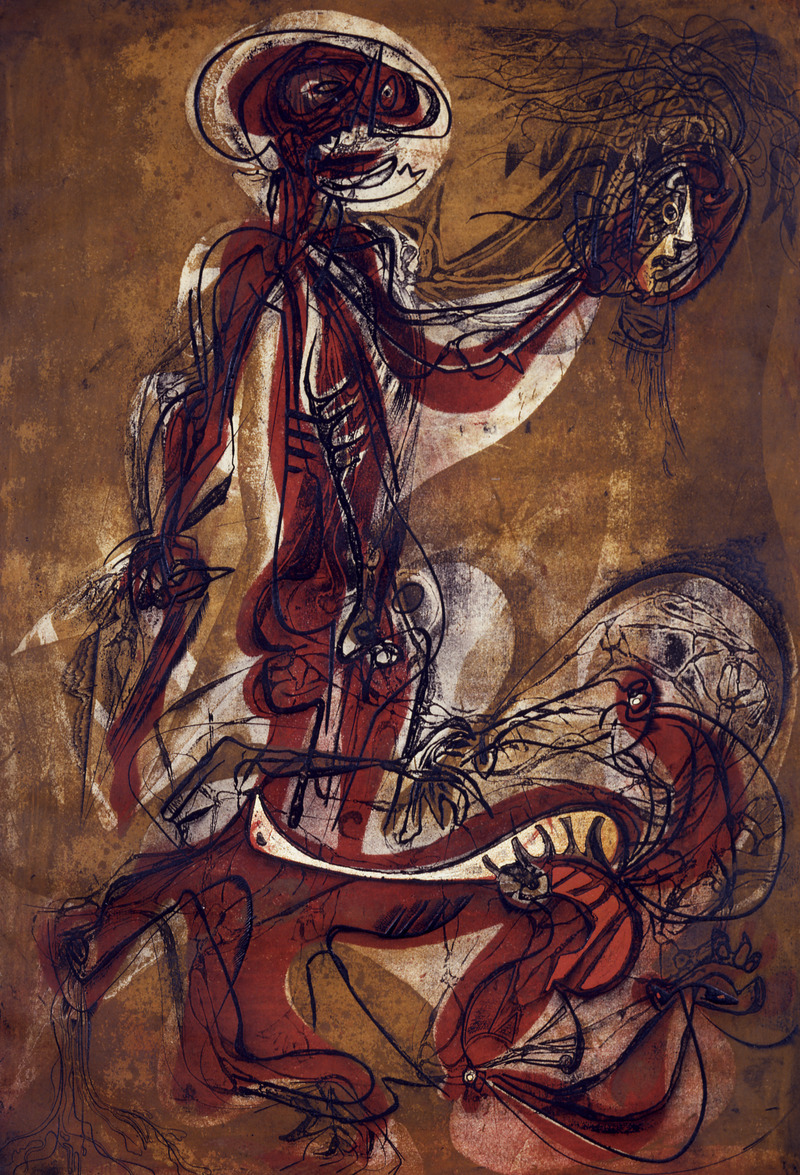
André Racz
Perseus Beheading Medusa, VIII
1945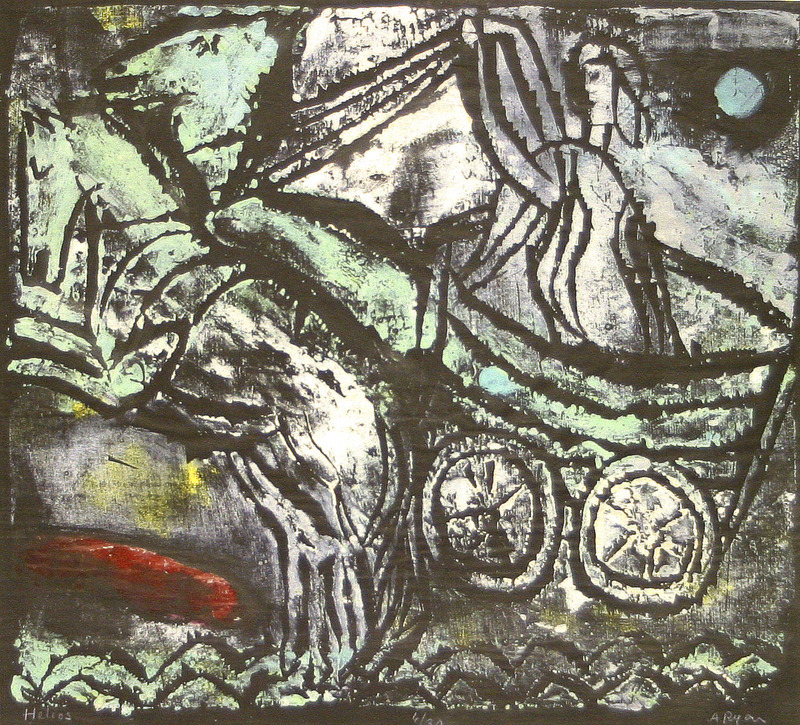
Anne Ryan
Helios
c. 1945-53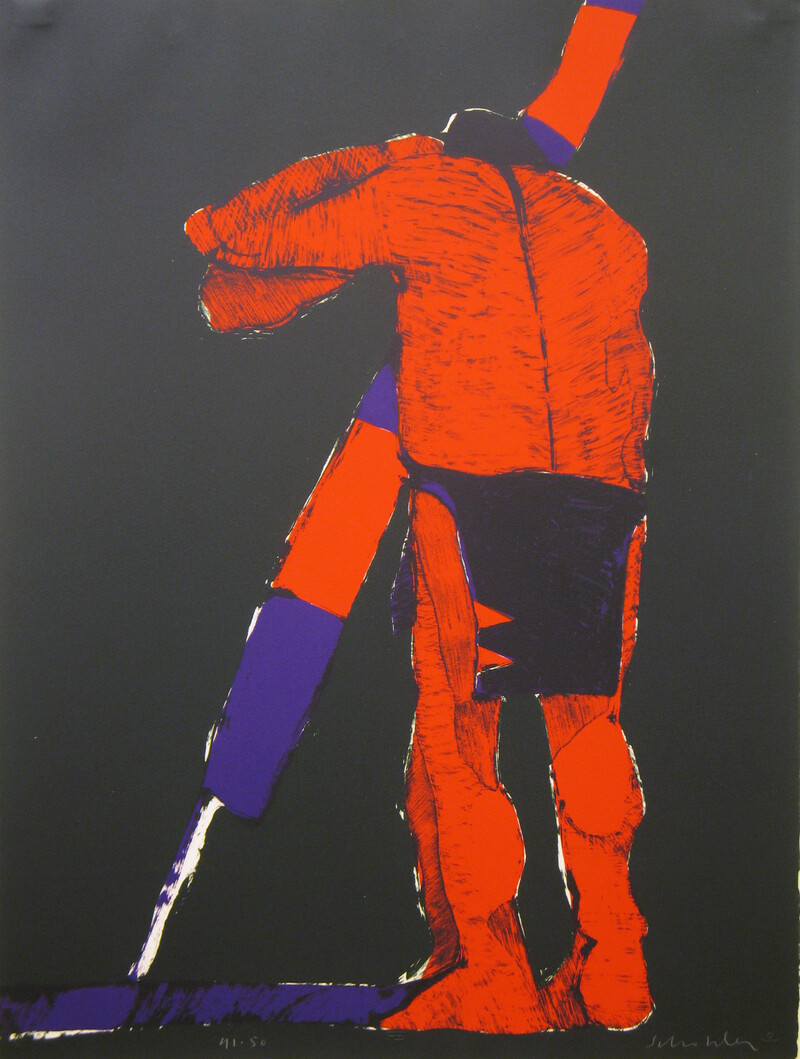
Fritz Scholder
The Odyssey #2
1976–77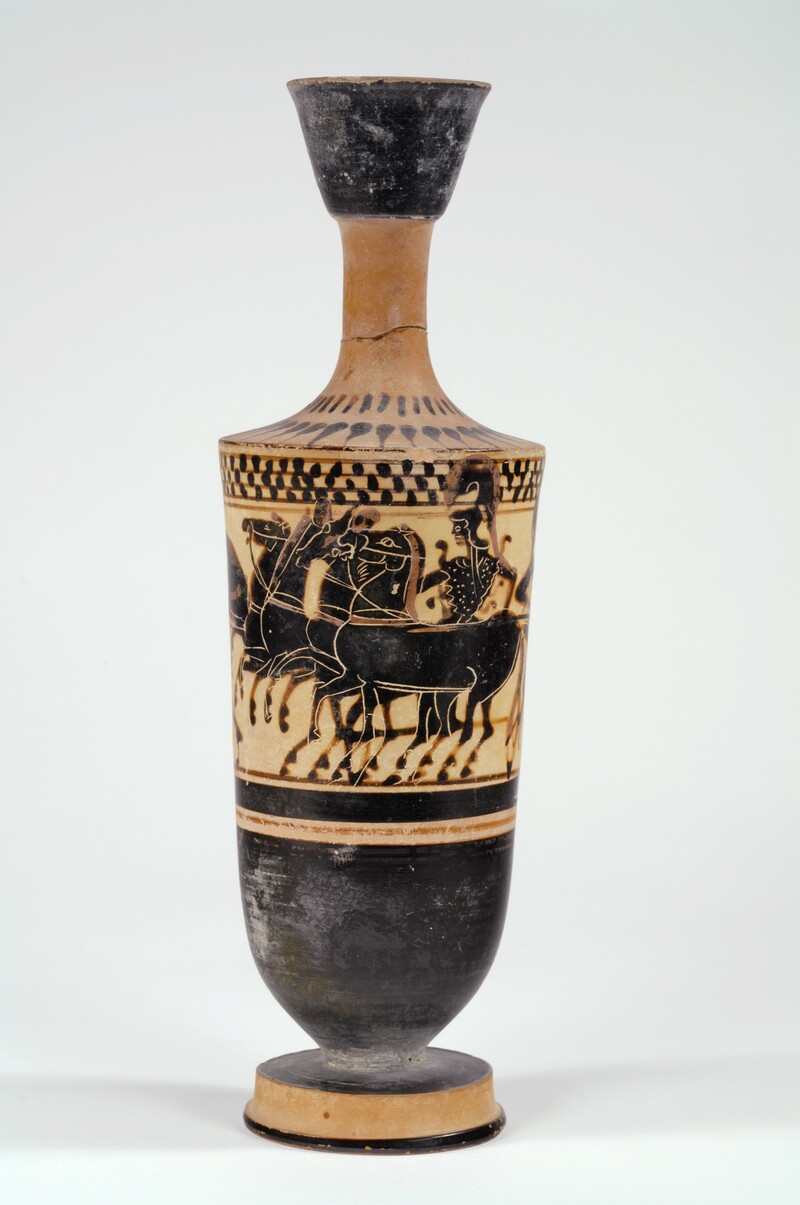
Diosphos Painter
Lekythos
500–490 BC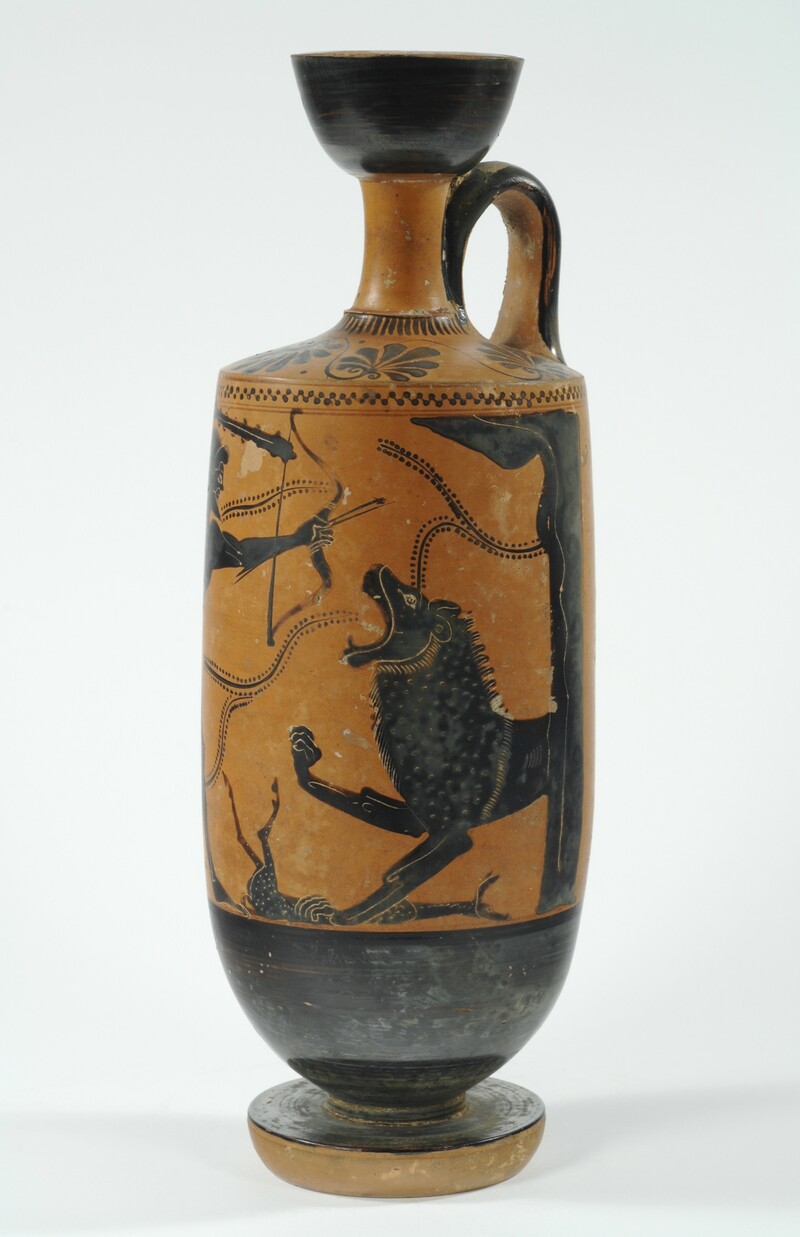
Athena Painter
Lekythos
525–500 BC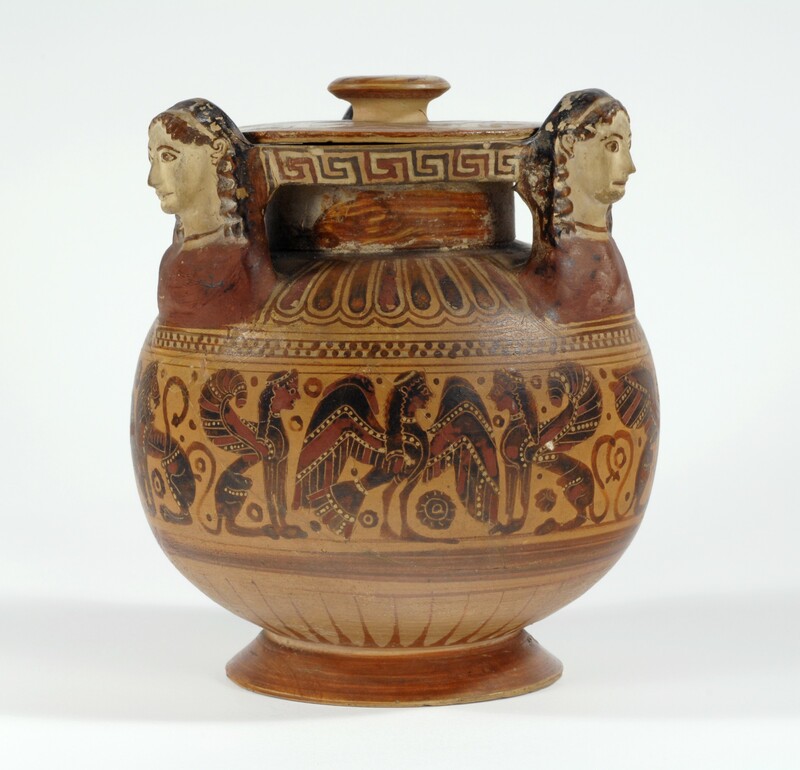
Lotoskreuzmaler
Pyxis
575–565 BCTeaching Gallery
The Teaching Gallery is a space in the Kemper Art Museum dedicated to presenting works from the Museum's collection with direct connections to Washington University courses. Teaching Gallery installations are intended to serve as parallel classrooms and can be used to supplement courses through object-based inquiry, research, and learning. Learn more